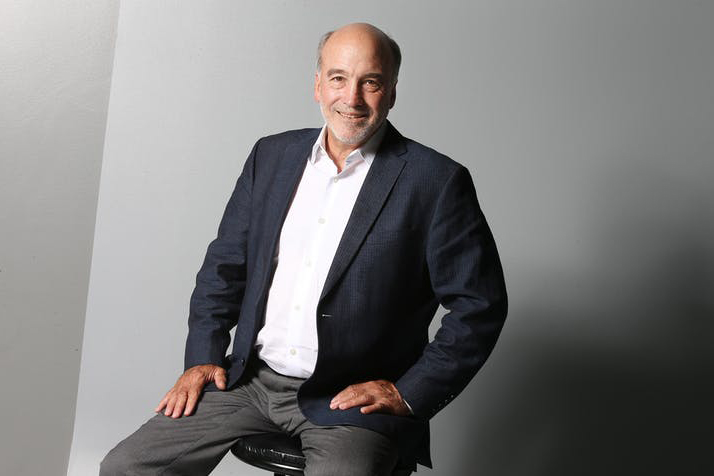Win Rockwell, who recently retired as a business litigator at Faegre Baker Daniels after nearly 40 years, has become the inaugural executive director of Green Minneapolis. We recently talked with him about his new role.
Q: What is Green Minneapolis and why was it created?
A: Green Minneapolis was formed by the downtown business community, led by the Minneapolis Downtown Council, to facilitate parks and greening downtown. The launching of a greening and public realm conservancy was one of the goals of the Downtown 2025 Plan. The “conservancy model” has been widely used in the United States in developing public-private partnerships for heightened support of city parks.
Our No. 1 parks ranking [by the Trust for Public Land] is a credit to the foresight of Minneapolis leaders more than a century ago who bought and preserved land for parks, creating a network of green around downtown. … Ironically, amid those remarkable green surroundings, the center of Minneapolis has not had the quality of parks or greening enjoyed by the rest of the city. The Downtown 2025 Plan defines “downtown” expansively, extending north to Plymouth Avenue, northeast across the Mississippi River by a couple of blocks, east to [Interstate] 35, south and west to I-94, including the Sculpture Garden, the ball fields and Parade Ice Garden.
Q: Why did you want the job?
A: I grew up with a strong connection to the out-of-doors, spending summers in the Adirondack Mountains of northern New York state. My wife, Binky, and I lived in New York City for five years after we were married. We had a sense early in our adult lives of the value of parks and greening in dense urban settings, before moving to Minneapolis … in 1975.
About 10 years ago, my civic work turned in a direction that is broadly consistent with the themes I described for Green Minneapolis. I became a member of the advisory board of the Joint Degree Program in Law, Science and Technology at the University of Minnesota Law School; then a member of the Minnesota Advisory Board of the Trust for Public Land. I joined the [Downtown] Gateway Committee … focusing on creating a green connecting corridor from the 5th Street light-rail station to the Mississippi River. I have served as a member of the Greening and Public Realm Committee of the Downtown Council for the last several years. I [am] chair of the board of the Great Plains Institute, a Minnesota policy nonprofit whose mission is the transformation of our energy system to become more environmentally and economically sustainable. I have become involved in supporting the leadership of the Minneapolis Park and Recreation Board in its developing effort to address the Minneapolis neighborhood parks infrastructure financing gap.
Q: What is your mandate?
A: I report to the board of directors of Green Minneapolis. I will be working closely with Board Chair David Wilson, senior managing director at Accenture and one who has brought great vision, enthusiasm and remarkable energy to the advancement of parks and greening in downtown. David was the original advocate for creating a parks and greening conservancy for downtown. I am also fortunate to be working with other founding board members, CEO Steve Cramer of the Minneapolis Downtown Council; Spencer Cronk, the Minneapolis City Coordinator; and Kathryn Reali, the COO of the Downtown Council and Downtown Improvement District.
Q: Are you in charge of raising the $22 million for “The Commons” near the Vikings stadium and renovation of Peavey Plaza?
A: My work will be significantly focused on fundraising for the work of Green Minneapolis. The Commons and Peavey Plaza have been proposed as initial projects of Green Minneapolis. As with any major undertaking, our responsibility will be to work with the city, the park board and many other stakeholders to analyze the needs, the opportunities and the challenges of potential projects to determine if there is a good fit between the projects and the capabilities of Green Minneapolis. Green Minneapolis [also] has employed a firm for the fundraising of the $22 million. The [next] challenge will be sustaining operating revenue.
Q: Are there opposing interests that you must bring together to be successful?
A: No, in that we are fortunate to have broad community consensus behind the goal of advancing parks and greening in downtown Minneapolis. The support of the business community in the launching of Green Minneapolis is invaluable. Yes, in that no major public-private undertaking occurs without the need for people to come together, listen to one another’s points of view, collaborate and ultimately converge on a common vision that is “fundable.”
I’m comfortable working where there are inherent levels of ambiguity and competing interests. I look forward to that because the process of bringing different points of view and interests into harmony is ultimately very important … and leads to strengthening the city.
